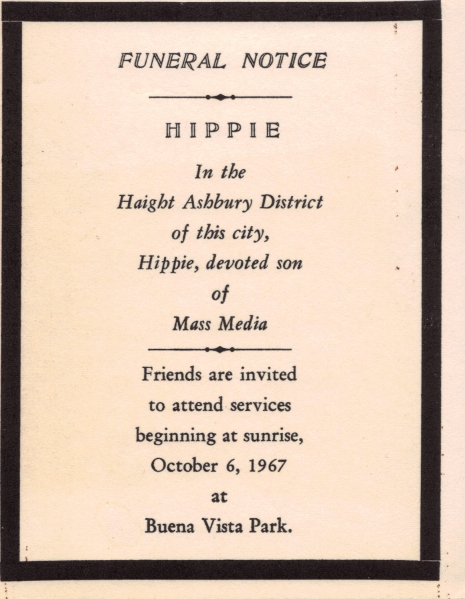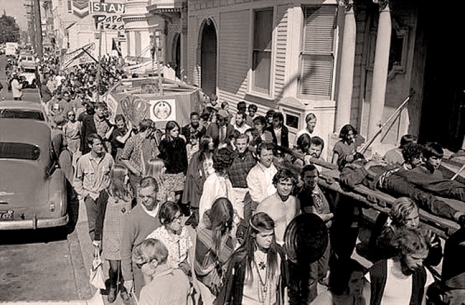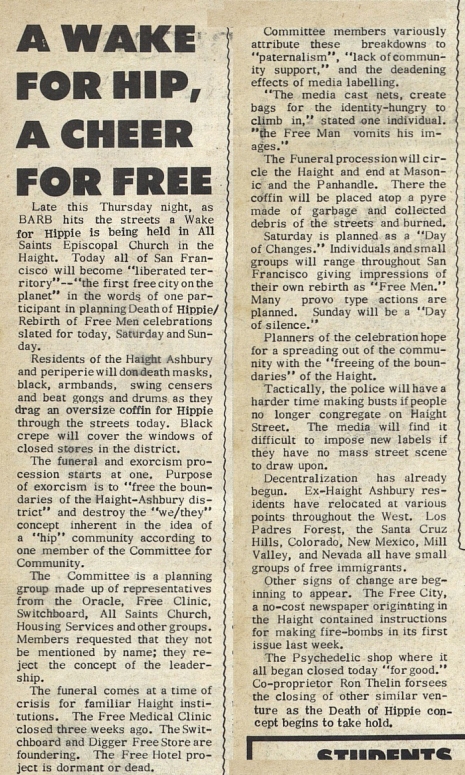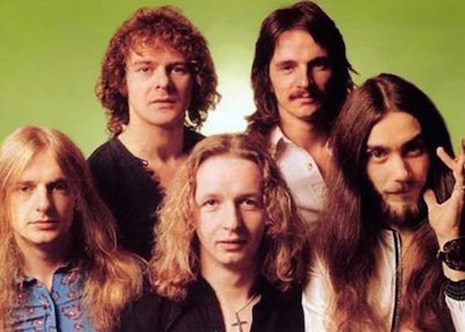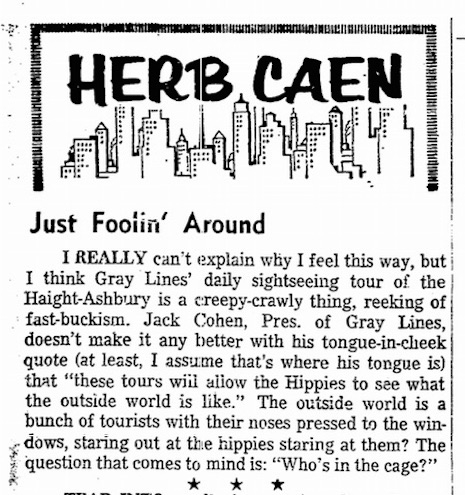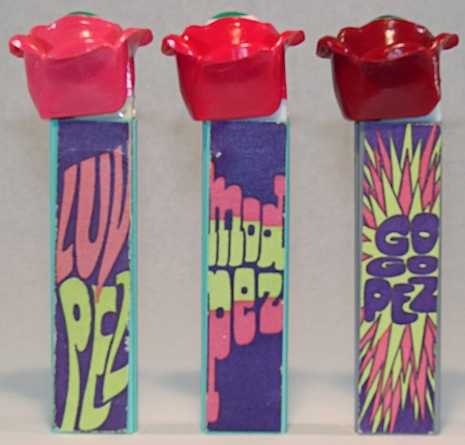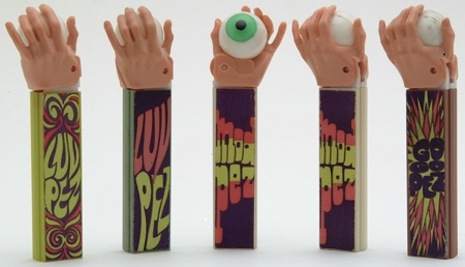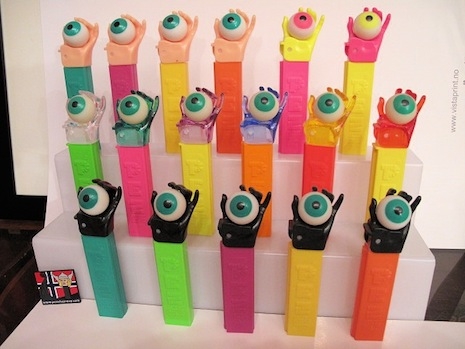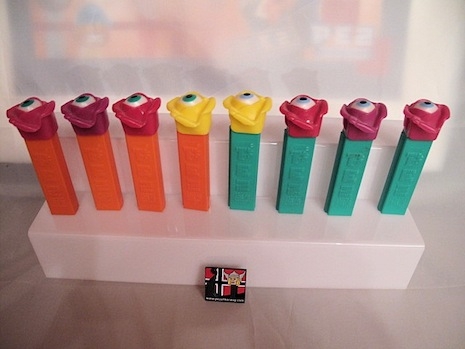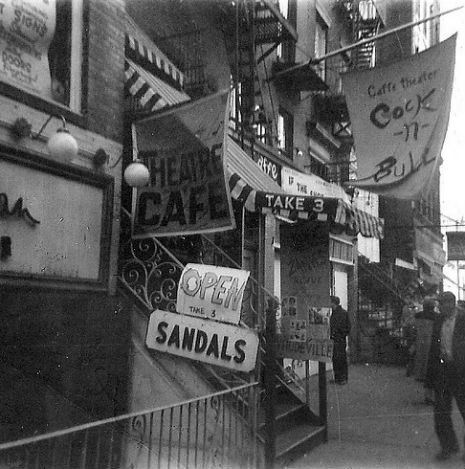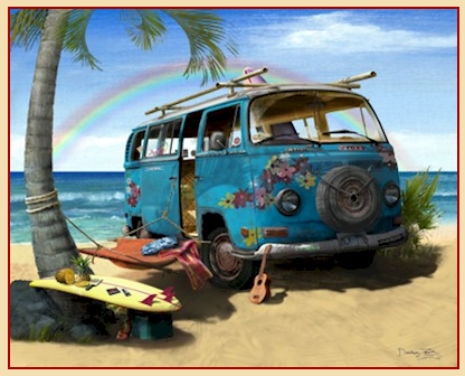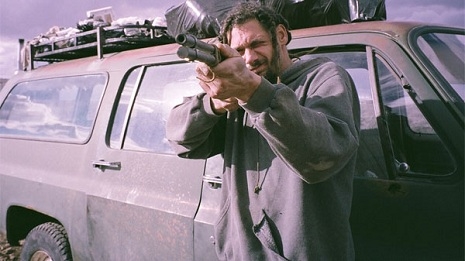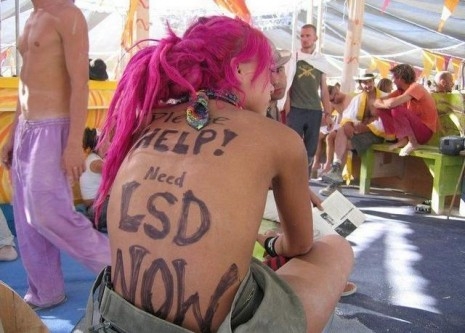
In the United States, August 1969 will primarily be remembered for two things: the concert at Woodstock (August 15-18) and the Manson slayings (August 9-10). Another thing that happened that didn’t get as much attention at the time was that a Detroit band called the Stooges put out their first album (August 5).
One wonders which of these events made a sufficient impression on Bob Woodford (no, not Bob Woodward—he wouldn’t become famous for a few years yet), who made a minor splash in the last week of August when he came out with a special wig for men, designed to conceal the existence of long hair.
According to news reports at the time, Woodford was a 31-year-old resident of Washington, D.C., who worked as “a developer of prototype scientific instruments.” His wigs cost in the $40 or $60 range.
Hilariously, an AP report insisted that Woodford “operates the Underground Wig Establishment” in Washington. WTF?? I can scarcely believe that such a thing actually existed. Anyone with a long, loooooong memory care to corroborate?
At some point that summer, Woodford had the insight that some people might be torn between expressing their true nature as a scruffy longhair and yet desire employment in the armed services—or, in an example that probably would not spring to mind today, pumping gas: “When you own a gas station you don’t want a guy with long hair pumping gas. The customers will go to another station.”

Anyone who is currently enjoying The Deuce on HBO (which takes place two years after the advent of the “establishment wig”) will appreciate Woodford’s quasi-admission that he was hawking a ridiculous product when he stated that “I was in New York City, and nobody needs a short hair wig in New York for anything.” But that concession was made in the service of bringing up the New Jersey Turnpike, where the police were purportedly targeting longhairs. “I drove into the Holland Tunnel with long hair,” he said, “and when I came out I had short hair.”
As that example implies, Woodford had something in common with the proprietor of another hair-related enterprise, the Hair Club For Men, in that he was not just the president, he was “also a client.” One of the articles depicts Woodford himself wearing the product, as seen above.
The AP story made the rounds across the country during the last week of August. The News Journal of Wilmington, Delaware, alerted readers that “Wigs Puts Longhairs Straight,” while the Adirondack Daily Enterprise blared, “Short-Hair Wig Handy for Long-Hair Crises.”
The ad for Sir of Hollywood on Hollywood Boulevard let potential customers know that they also offered “MOD CUT, CURLY, NATURALS.”
Almost precisely one year later, the August 12, 1970, edition of the Los Angeles Times ran a story by Robert Rawitch on Woodford’s wigs—or a similar product, anyway. The featured customer of that article was named Gabe Kanata, a teenage drummer employed as a stock clerk, who was pictured letting his freaky locks fly and then wearing the wig. The difference was indeed striking, as seen below. Kanata had a court appearance that made the “establishment wig” a desirable option. “Judges just don’t dig long hair,” he was quoted as saying.
A couple months later, in October, the Lansing State Journal in Michigan ran a story on the wigs, with a Kanata mention, under the headline “Men Don Wigs to Avoid Shearing, Stay in Establishment.”
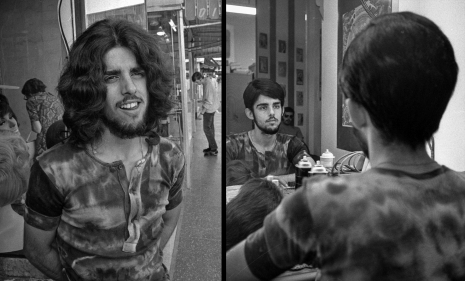
Previously on Dangerous Minds:
Newly unearthed footage of Kraftwerk—with long hair and leather jackets! Live 1970
Pictures of Henry Rollins with long hair






